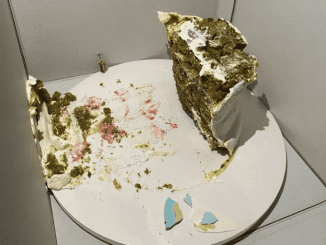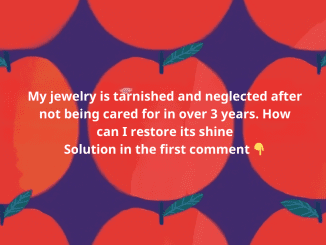When it comes to showering, people tend to fall into two distinct camps: those who swear by their trusty loofah and those who wouldn’t touch one with a ten-foot pole. While a loofah can make your skin feel squeaky clean, recent warnings from dermatologists may make you rethink whether this popular shower tool is as hygienic as it seems. Prepare yourself because this revelation may make you want to toss your loofah for good.
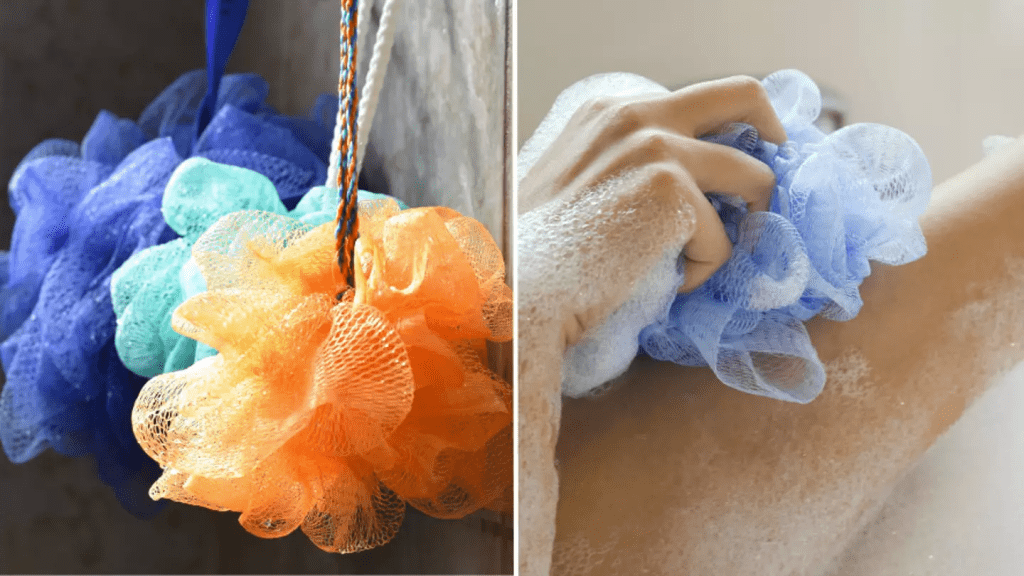
What Exactly Is a Loofah?
A loofah is a popular shower accessory, often resembling a mesh ball made of knotted fibers. It’s designed to exfoliate the skin, removing dead skin cells and cleansing hard-to-reach places. After applying shower gel to a wet loofah, you can scrub every part of your body, making it a favorite for achieving that deep-clean feeling. But as convenient as they are, loofahs come with some hidden dangers that could harm your skin and health.
Why Loofahs Are a Bacteria Hotbed
While loofahs feel clean and fresh in the shower, they can actually harbor harmful bacteria. Dr. Joel Schlessinger, a board-certified dermatologist, advises against using loofahs for this very reason. “Loofah sponges are in contact with many unclean areas of the body and then sit around, allowing bacteria to multiply within the nooks and crannies of the sponge,” he explained. The humid, warm environment of a bathroom combined with moisture retained by the loofah creates the perfect breeding ground for bacteria, mold, and yeast.
How Do Loofahs Hold Onto Germs?
After each use, dead skin cells and bacteria cling to the loofah’s fibers. When left to dry in a warm, damp environment, these germs multiply rapidly. The next time you use it, you’re essentially scrubbing your skin with bacteria-laden material. If that wasn’t concerning enough, these microorganisms could potentially lead to skin irritations, infections, and even more serious health concerns for those with compromised immune systems.
Loofahs and Skin Conditions: Use with Caution
Interestingly, there are cases where dermatologists actually recommend exfoliating tools like loofahs for people with certain skin conditions, such as psoriasis. Loofahs can help remove the buildup of skin cells. However, even in these cases, it’s essential to exercise caution. Loofah users with sensitive skin or certain conditions should limit their use to once or twice a week, avoiding over-scrubbing to prevent irritation.
How to Properly Maintain Your Loofah (If You Can’t Let It Go)
If you’re not quite ready to part with your beloved loofah, there are a few things you can do to minimize the bacterial risk:
- Thoroughly Rinse After Each Use – After every shower, rinse your loofah under hot water to remove as much residue and bacteria as possible. Squeeze out excess water, ensuring it doesn’t retain moisture.
- Dry It Completely – Let the loofah air dry outside of the humid shower area. Hanging it in direct sunlight or near a fan can help it dry faster, reducing bacterial growth.
- Disinfect Regularly – Once a week, soak the loofah in a mixture of water and white vinegar or diluted bleach. This kills off any lingering bacteria and keeps it as clean as possible.
- Replace Frequently – Even with proper care, a loofah should be replaced regularly. Experts recommend swapping out synthetic loofahs every month and natural loofahs every three to four weeks.
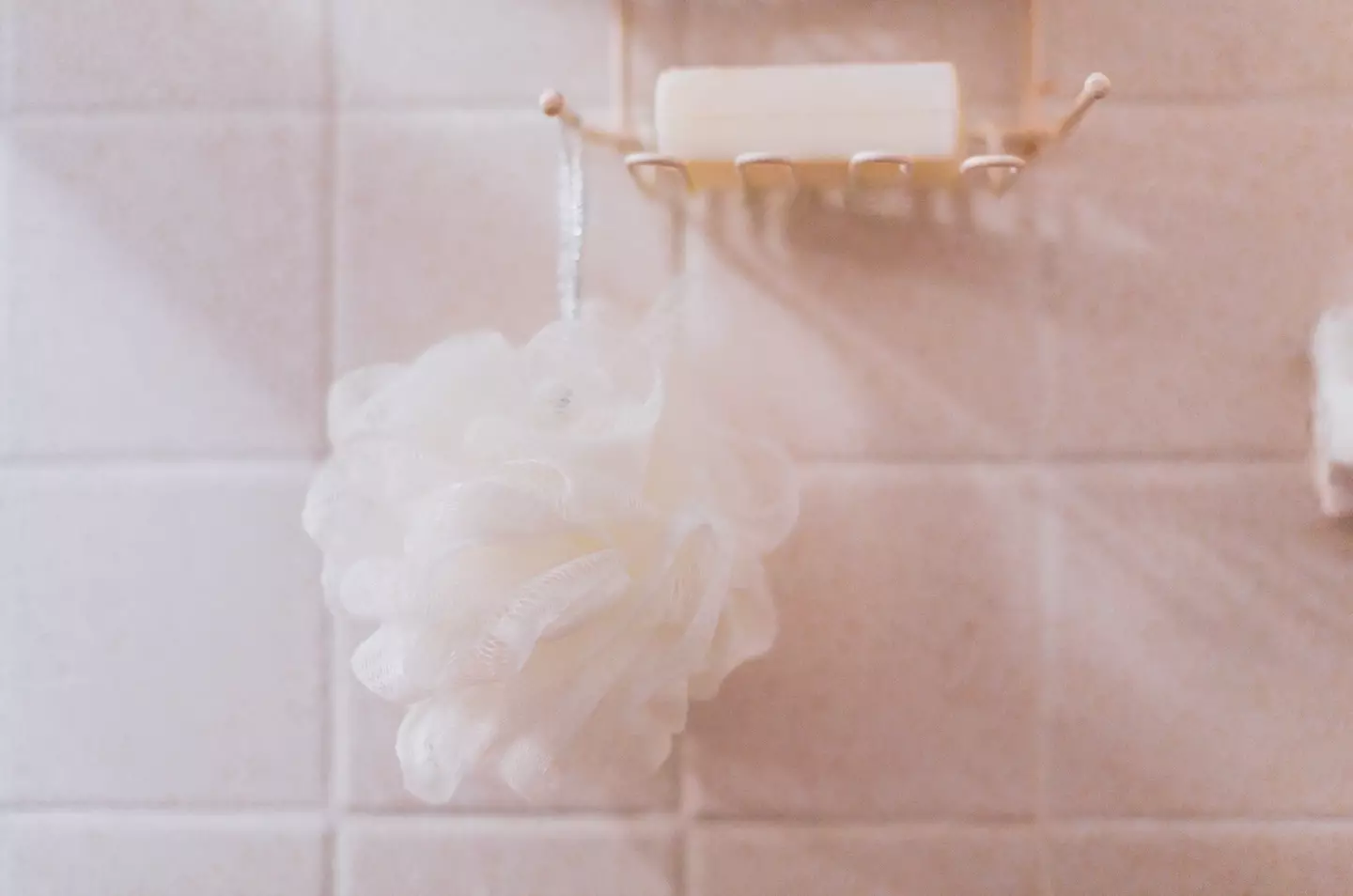
Loofahs can be hotbeds of bacteria (Jena Ardell/Getty)
When to Avoid Using a Loofah Altogether
Despite the measures you can take to reduce bacteria, loofahs are still not ideal for everyone. Individuals with weakened immune systems, people prone to infections, and those with sensitive skin should steer clear of loofahs entirely. Additionally, avoid using loofahs on broken skin, as this can introduce bacteria directly into open wounds, increasing the risk of infection.
Safer Alternatives to Loofahs for Your Shower Routine
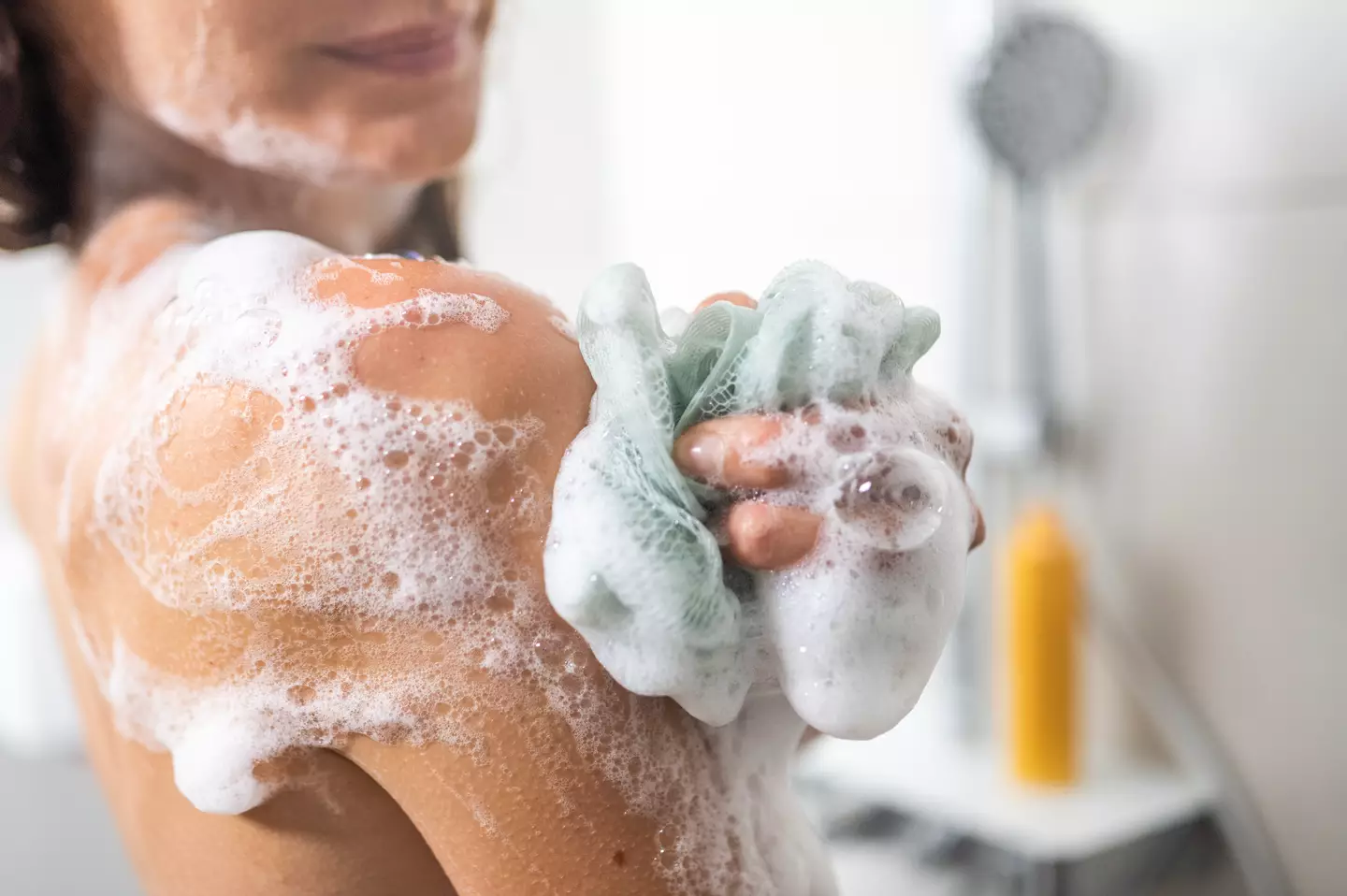
Some dermatologists have issued a stark warning (simonkr/Getty)
If this information has you reconsidering your shower routine, you’re not alone. Thankfully, there are plenty of alternatives to loofahs that are just as effective but come with fewer hygiene risks:
- Washcloths – A soft washcloth can provide gentle exfoliation and can be thrown in the washing machine after each use, making it easy to keep clean.
- Silicone Scrubbers – These are designed with soft silicone bristles that resist bacteria growth and dry much faster than loofahs. They’re also easy to rinse and can be disinfected frequently.
- Exfoliating Gloves – Like washcloths, exfoliating gloves offer a convenient alternative and are machine washable. Simply toss them in the wash after each use to keep them fresh.
- Body Brushes – Long-handled brushes are perfect for reaching tough spots like your back, and they’re easy to rinse and store outside the shower.
Should You Really Say Goodbye to the Loofah?
While loofahs certainly have their advantages, the bacterial risk they pose makes them a questionable choice for everyday use. Even with proper cleaning and regular replacement, loofahs can still hold onto bacteria, especially in warm and damp environments. If you’re dedicated to keeping your skin clean and free from harmful bacteria, consider switching to one of the alternatives listed above for a healthier shower routine.
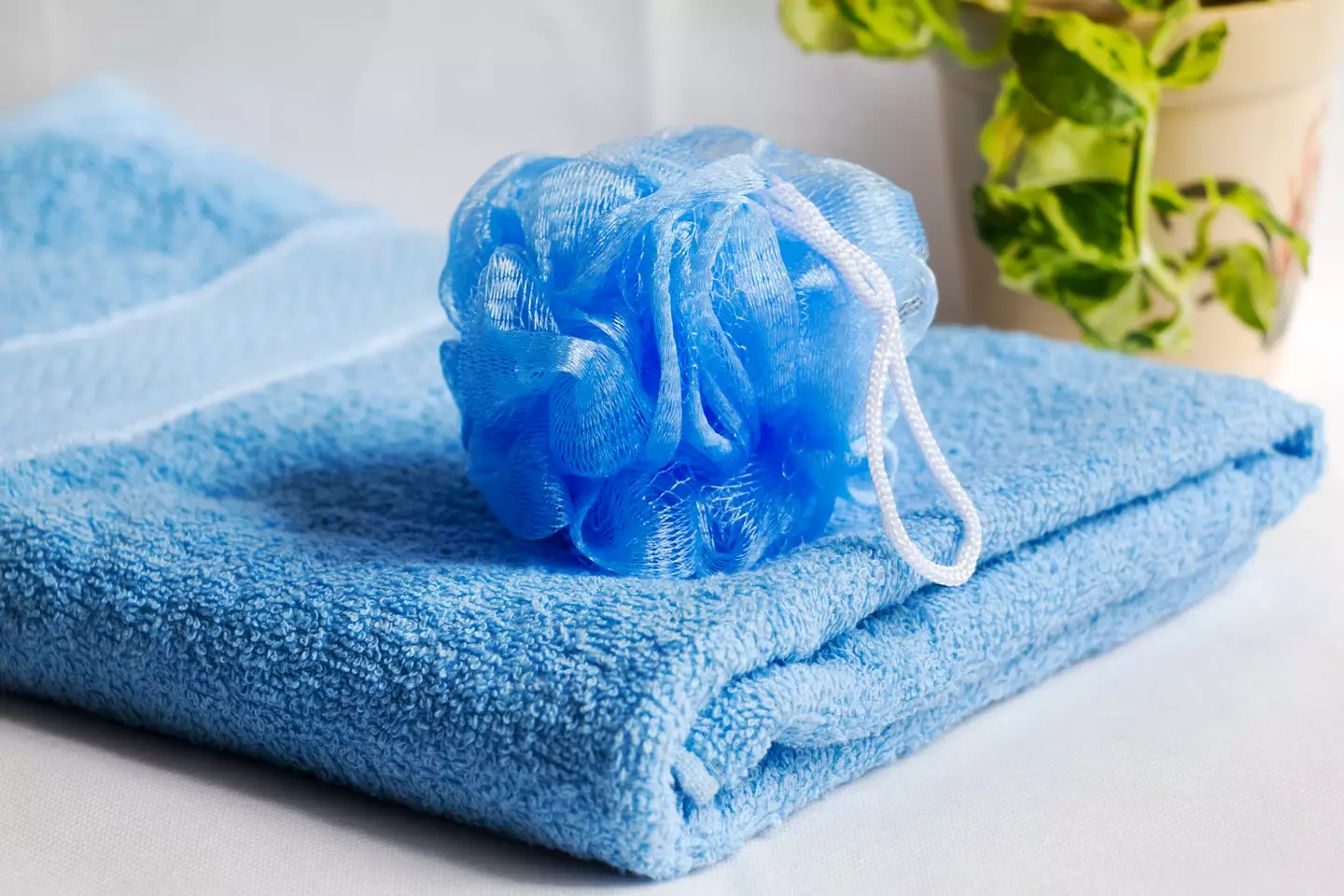
The devices must be washed thoroughly (photograph by dorisj/Getty)
Conclusion: Keeping Your Shower Routine Safe and Clean
Our daily showers are meant to keep us fresh, healthy, and clean, but the tools we use can sometimes introduce hidden risks. While a loofah may leave your skin feeling squeaky clean, it can also be a breeding ground for bacteria that’s less than ideal for your health. By understanding the potential risks and adopting a more hygienic alternative, you can enjoy a cleaner, safer shower experience. So, the next time you reach for your shower accessory, ask yourself if it’s time to make a change—for the sake of your skin and your overall health.
